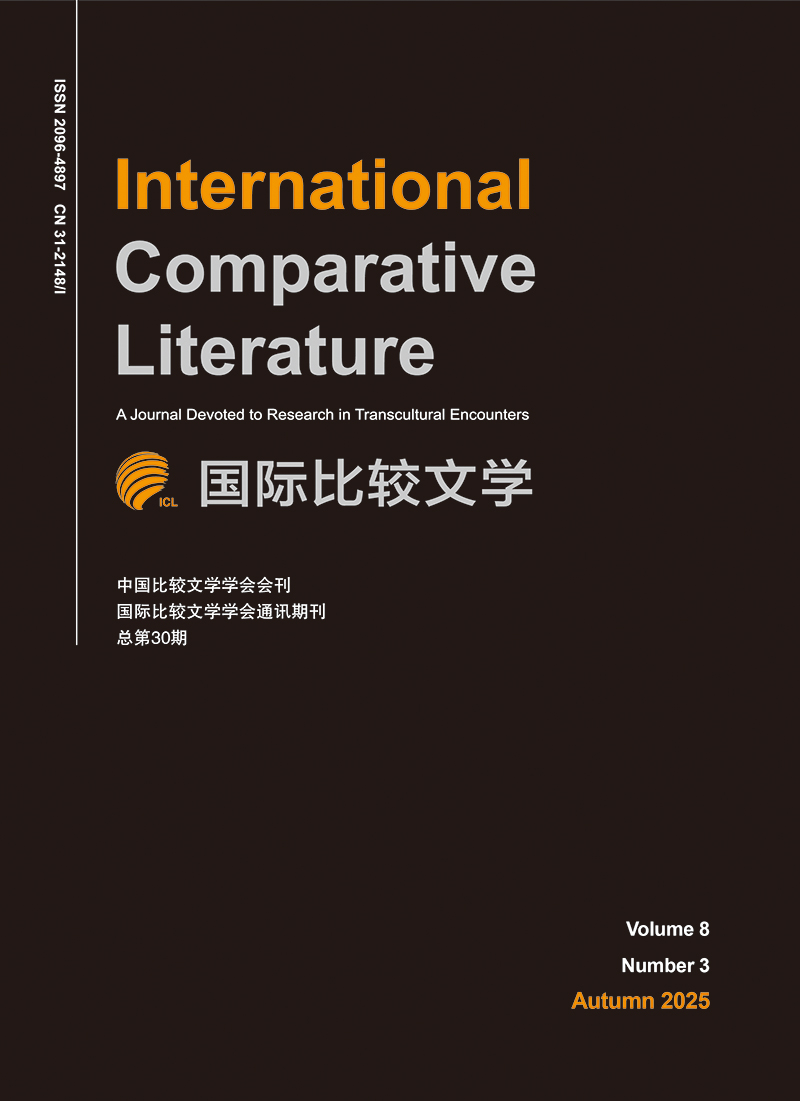2025 Vol. 8, No. 2
Display Method:
2025, 8(2): 5-38.
doi: 10.19857/j.cnki.ICL.20258201
Abstract:
2025, 8(2): 39-52.
doi: 10.19857/j.cnki.ICL.20258202
Abstract:
2025, 8(2): 53-77.
doi: 10.19857/j.cnki.ICL.20258203
Abstract:
Special Issue I:Sino-Western Literary and Cultural Relations and Mutual Learning among Civilizations
2025, 8(2): 78-98.
doi: 10.19857/j.cnki.ICL.20258204
Abstract:
2025, 8(2): 99-120.
doi: 10.19857/j.cnki.ICL.20258205
Abstract:
2025, 8(2): 121-131.
doi: 10.19857/j.cnki.ICL.20258206
Abstract:
2025, 8(2): 141-156.
doi: 10.19857/j.cnki.ICL.20258208
Abstract:
2025, 8(2): 157-171.
doi: 10.19857/j.cnki.ICL.20258209
Abstract:
2025, 8(2): 172-187.
doi: 10.19857/j.cnki.ICL.20258210
Abstract:
2025, 8(2): 188-199.
doi: 10.19857/j.cnki.ICL.20258211
Abstract:


